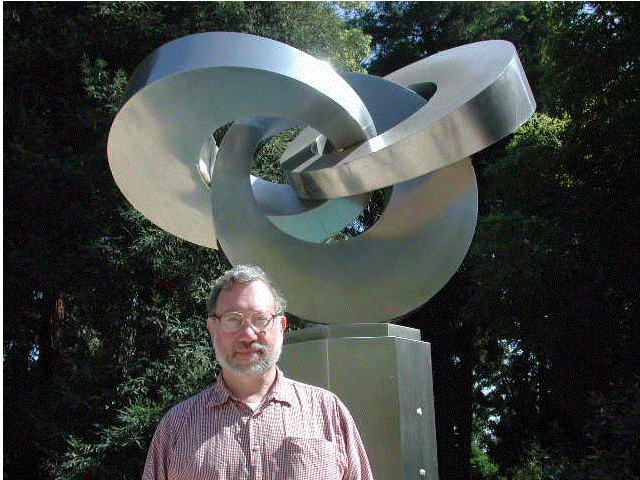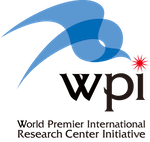Louis H. Kauffman (University of Illinois Chicago): Knots, Vortices, Topology and Reconnection

Knot theory has its beginnings in the 19th century work of Lord Kelvin (Sir William Thompson) and his theory that would explain atoms as knotted vortices in the luminiferous aether. This idea of knots as fundamental physics was inspired by the electromagnetic theory of Clerk Maxwell and Kelvin was a motive force behind the production of the first tables of knots by Tait, Kirkman and Little. The aether vortex theory was short-lived, but the idea of knots in relation to physics eventually flourished in many ways. In this talk we will discuss how the present-day theory of knots can be used to understand the behaviour of knotted vortices in fluids. Knotted vortices such as those produced by Kleckner and Irvine at the Frank Institute of the Univ of Chicago tend to transform by reconnection to collections of unknotted and unlinked circles. In a reconnection, the two local arcs of vortex line come into close proximity and change the topology of their connection. The reconnection number R(K) of an oriented knot of link K is the least number of reconnections (oriented re-smoothings) needed to unknot/unlink K. Putting this problem into the context of knot cobordism, we show, using Rasmussen’s Theorem, that the reconnection number of a positive knot is equal to twice the genus of its Seifert spanning surface. In particular an (a,b) torus knot has R = (a-1)(b-1). For an arbitrary positive knot or link K, R(K) = c(K) –s(K) + 1 where c(K) is the number of crossings of K and s(K) is the number of Seifert circles of K. Examples of vortex dynamics will be illustrated. The talk will explain how Khovanov Homology, Lee Homology and the Rasmussen invariant figure in this result about vortex topology. The talk will be self-contained with many visual illustrations including recent discussions of the speaker, Darian Hall and Ivan Smalyukh about chiral nematic vortex knots.


